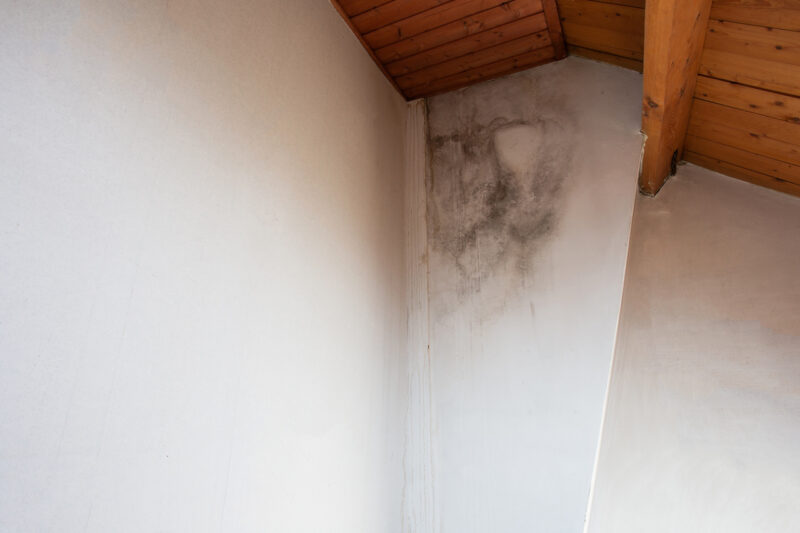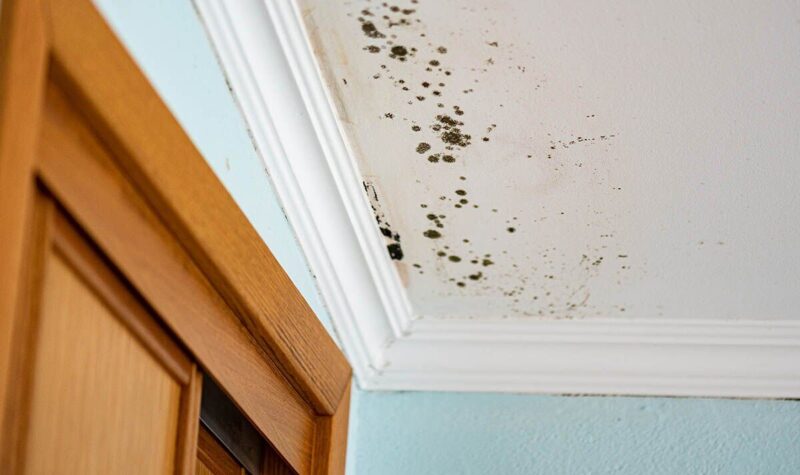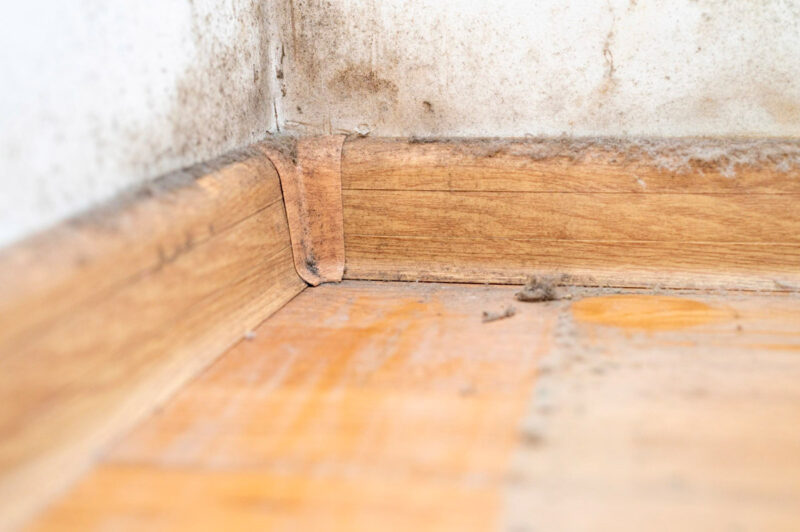Mold is more than just an unsightly blemish on your walls; it can pose serious threats to your health and well-being. Often lurking in damp corners, hidden behind wallpaper, or thriving in neglected basements, mold can easily go unnoticed until its effects begin to manifest.
The symptoms of mold exposure can be subtle at first, surfacing as mild allergies or respiratory irritations, but they can escalate to more severe health issues—especially for those with pre-existing conditions or compromised immune systems. Understanding whether you are at risk is essential to safeguarding your health.
In this article, we will explore the myriad symptoms associated with mold exposure and provide insights into identifying and mitigating these hidden dangers in your environment. Are you ready to take a closer look at what’s lurking in your home?
Common Symptoms of Mold Exposure

Exposure to mold can present a troubling array of symptoms that vary greatly from person to person. Commonly reported issues include persistent coughing and sneezing, which might seem innocuous at first but can escalate into chronic respiratory problems.
Individuals may also experience a range of allergic reactions, from itchy eyes to skin rashes, depending on their sensitivity to mold spores. Headaches, fatigue, and an unusual sense of brain fog can cloud daily functioning, leaving one feeling overwhelmed and drained.
In some cases, the effects of mold exposure can even mimic those of more severe conditions, making diagnosis a challenge. As such, it’s crucial to pay attention to any unexplained health changes, especially in environments where mold is present.
Recognizing Severe Reactions

Recognizing severe reactions to mold exposure is crucial for timely intervention and health protection. For some individuals, particularly those with pre-existing respiratory conditions, the consequences can be alarming.
Symptoms may escalate suddenly, manifesting as acute difficulty in breathing, persistent coughing, or even alarming wheezing. In rarer cases, individuals might experience neurological effects—confusion, memory loss, or severe headaches—as the mold toxins infiltrate the bloodstream.
Skin reactions, too, can intensify rapidly, ranging from hives to deep-seated rashes. It’s essential to pay close attention to these signs, as they can quickly go from mild irritation to major health concerns.
If you or someone nearby shows these severe symptoms, seeking medical assistance immediately is not just advisable; it is imperative.
Preventive Measures and Mold Management

To effectively combat mold growth and its associated health risks, a proactive approach to mold management is essential. Regularly assess your living spaces, particularly areas prone to moisture like bathrooms, kitchens, and basements; keeping them well-ventilated can significantly reduce humidity levels.
Invest in moisture barriers and consider using air purifiers equipped with HEPA filters to trap mold spores. Additionally, promptly address any leaks or water damage, as stagnant or damp conditions provide a breeding ground for mold.
If you do encounter mold, act quickly: contain the area to prevent spores from spreading and use appropriate cleaning solutions. Furthermore, educating yourself and your family on the symptoms of mold exposure can enhance awareness and encourage timely intervention, fostering a healthier living environment for all.
Conclusion
In conclusion, understanding the symptoms of mold exposure is crucial for safeguarding your health and well-being. Mold can pose serious health risks, especially for individuals with allergies, respiratory conditions, or compromised immune systems.
Being aware of the signs can help you take prompt action to minimize your exposure. If you suspect mold in your home or workplace, it’s advisable to contact a qualified Mold Inspection Company to assess the situation and recommend effective remediation strategies. By remaining vigilant and proactive, you can protect yourself and your loved ones from the harmful effects of mold.


